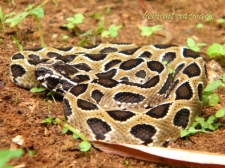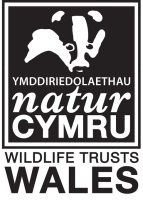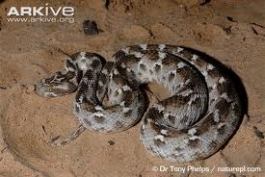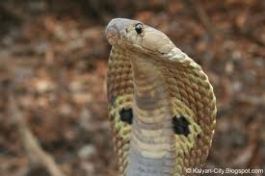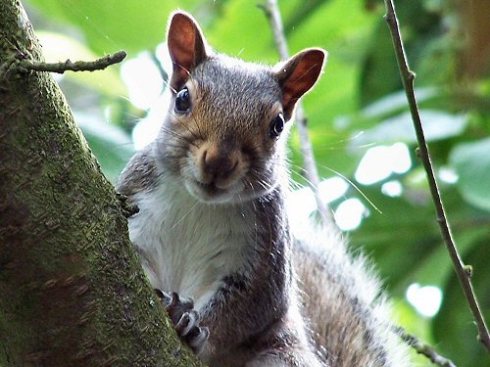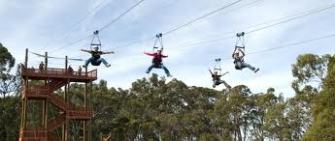During this module I attended many seminars and wrote my blog about six of them.
I first wrote a seminar that was given by George Turner about Adaptive radiation in Cichlids in the Lake surrounding Lake Malawi. I really enjoyed this talk by Dr George Turner; it’s really interesting to experience discoveries in the making. When I was in my first year at Bangor University, I remember getting a talk from George telling us how he was going to travel to Lake Masoko to study Cichlids and not to hear the results is really interesting.

My second seminar blog was on talk on the conservation of the Pine Marten. I chose to write my blog on this topic as I have a real interest in the conservation of species, especially those native to the UK. I really enjoyed this talk, and has made me interested in the conservation of the Pine Marten. I feel that with a change of public perception, education and conservation the Pine Marten may once more become a prominent mammal with in UK
The third seminar I chose to write about was as talk given by Dr Mark Pilgrim who gave a talk about the conservation efforts of Chester Zoo. I really enjoyed this talk by director of Chester Zoo Dr Mark Pilgrim and has given me an insight into the conservation projects that Zoos work on behind the scene away from the public eye. This talk also highlighted endangered species that do not always much coverage and I would like to think that my blog covered this
In February I wrote a blog about the Control of the Grey Squirrel. As expected this was quite a controversial blog, which I found got a lot of comments. I found this talk, given by Craig Shuttleworth of real interest and I believe that talks like this could help to change the perception of Grey Squirrel culling and help people see that there is hope for our Red Squirrel populations.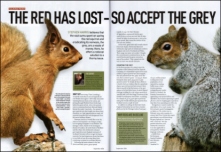
I then wrote a blog about a talk given to us by Gerry Martin combating the snake bite epidemic in India. I found this talk both interesting and shocking, I was not aware of how many deaths are caused by snake bites per year in India. I also found it interesting that Gerry Martin, who lived on a farm in India for over 30 years, was never bitten, just showing that education is the key to combating this epidemic.
For my final seminar blog I focused on a talk about protecting and restoring our lowland raised bogs. With these bogs creating habitats for many species, including many raptors, endangered butterflies, brown hares, water vowels and even cranes, it is of the upmost important that these areas are protected. The Lancashire wildlife trust organised talk, events and walks to help raise both awareness and money so that hopefully in the future these bogs can be restored to their original state.
Future career
After attending and blogging about these seminars I would say that they haven’t necessary made me want to have a future career in research exactly. What they have done however is to increase my drive for conservation, and I have learnt through these seminars that research is a great way to conserve and protect species.
Enterprise Ideas
Although I found these talks of great interest I do not believe that I came up with any enterprise ideas of the back of them. I do however feel that some of the ideas such as collecting and analysing venom would be of great use in other areas such as Africa.
New contacts
These series of seminars have helped build up contacts within the biological field. I have been in contact with Dr Mark Pilgrim and am hoping to carry out some volunteer work for the Chat Moss project.
Pros and cons of the seminar series
I feel these series of seminars were very diverse and covered a range of subjects within the field of biology form conservation, research and government projects. I would say a con of the seminar listings was that in some months there were many seminars that I would have loved to blog about where as in other months I found it more difficult to decide on a seminar to talk about.
Module components
There were five main components to this module. The first being an assessment centre workshop / Interview task. This component was very early on in the course and I was not really too sure what to expect. We were told that we would be having an interview followed by some exercises, so still kept in the dark slightly, but it turned out to be a really enjoyable day. At the end of the day we found out that everything we did from the moment we walked in to the moment we left was being evaluated. I feel that finding out at the end of the day we were being assessed through the whole day was a great way of doing it , as the pressure was not on throughout the entire day, which enabled us to enjoy the activates and work well within a team.
The second component was a careers cafe. The careers cafe was open to all students and gave an opportunity for current students to listen to 5 ex Bangor students who of all gone on to have very different careers in the biology sector. I learnt that hard work will always pay off and that volunteering is a great way to get into a company. I have also learnt to take any opportunity even if it’s not what I think I necessary want to do, I might surprise myself and end up in a career I have never even thought of.
The next task within this module was to create a CV and cover letter for a job that we would like apply for. I found this piece of work to be really useful in updating my CV as well as improving my skills in job searching and creating a covering letter to fit that that particular job description. I believe these skills will come in handy for job searching and applying in the future.
The Dragons Den exercise was next. I have to be honest, I was a bit nervous about this exercise, the name made it sound like we would be interrogated, to then be told that our business idea was never going to work. I could not have been the opposite of that. Although I originally dreaded this exercise I ended up really enjoying it. I feel it was very helping in the writing of the next assignment which focused on a business plan. I also felt it improved my team work and presentation skills.
The final component to this module was to write an assay on how the knowledge of how to prepare a business plan will be helpful to me in the future. Although when I started this assignment I was skeptical of how this will be of use to me. I found that looking deeply into the role of a teacher and business plan was really useful.
Overall I found this module very enjoyable, I also feel that this module helped improve my skills in many aspects, from team work to public speaking. I also feel that I have more confidence in applying for jobs and planning for my future career.


